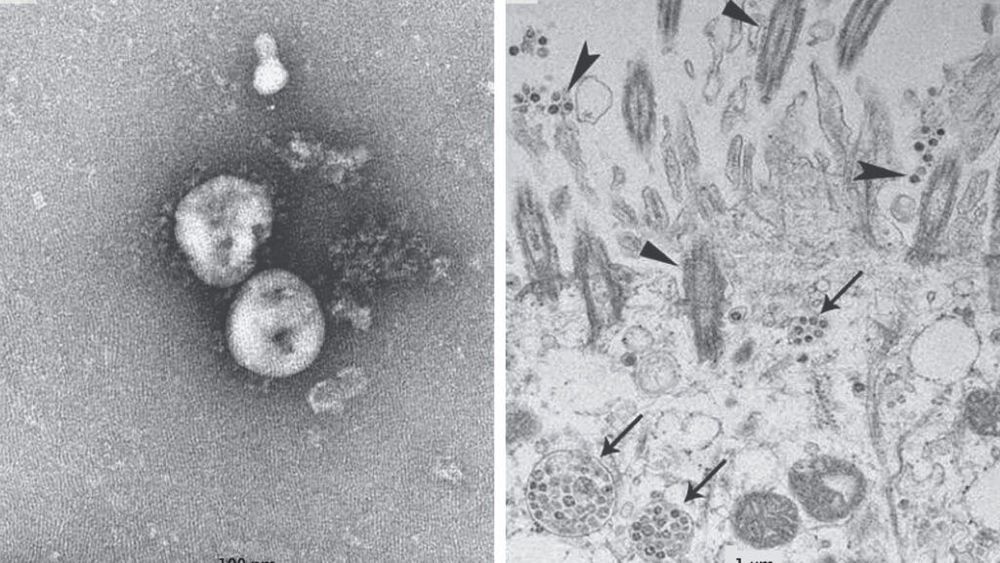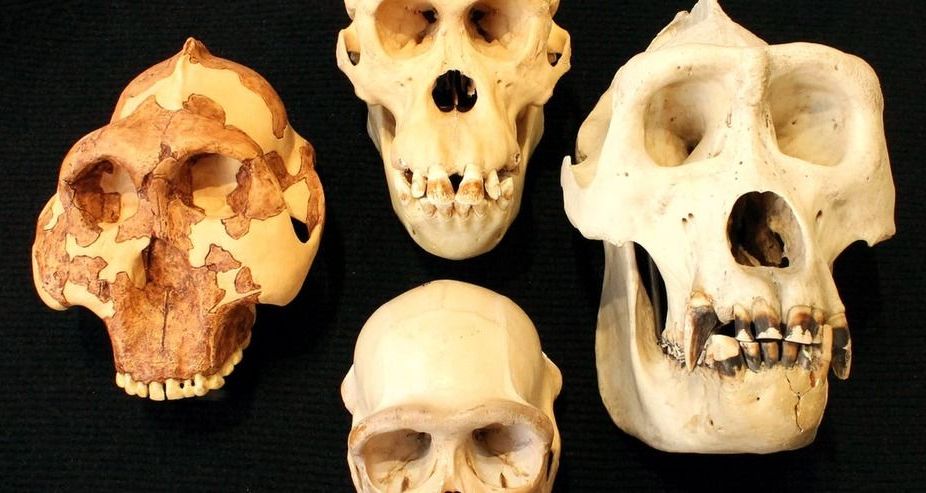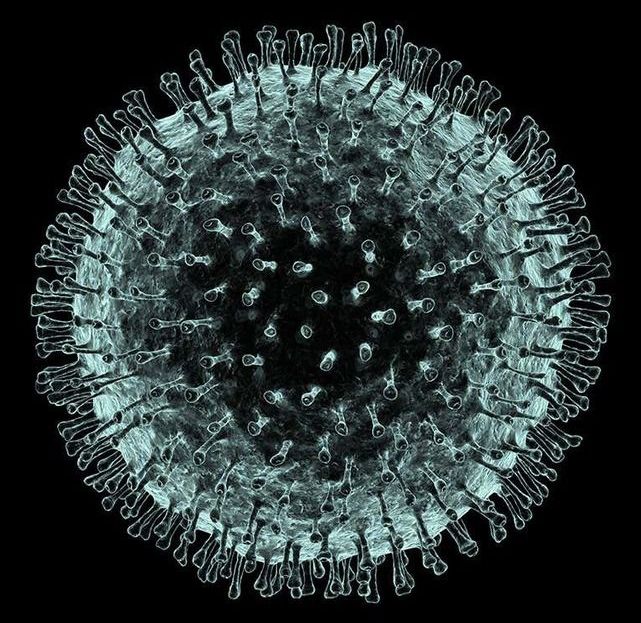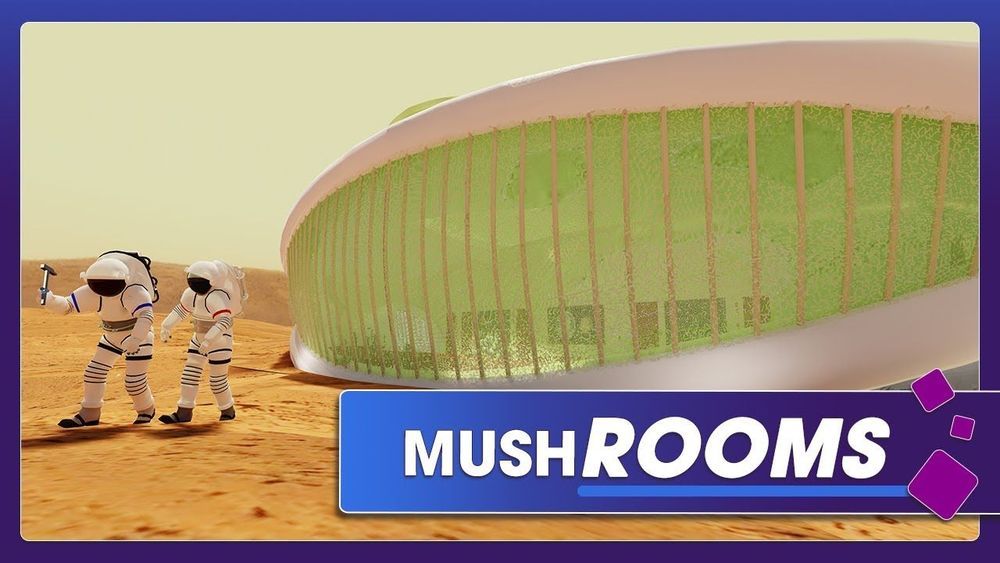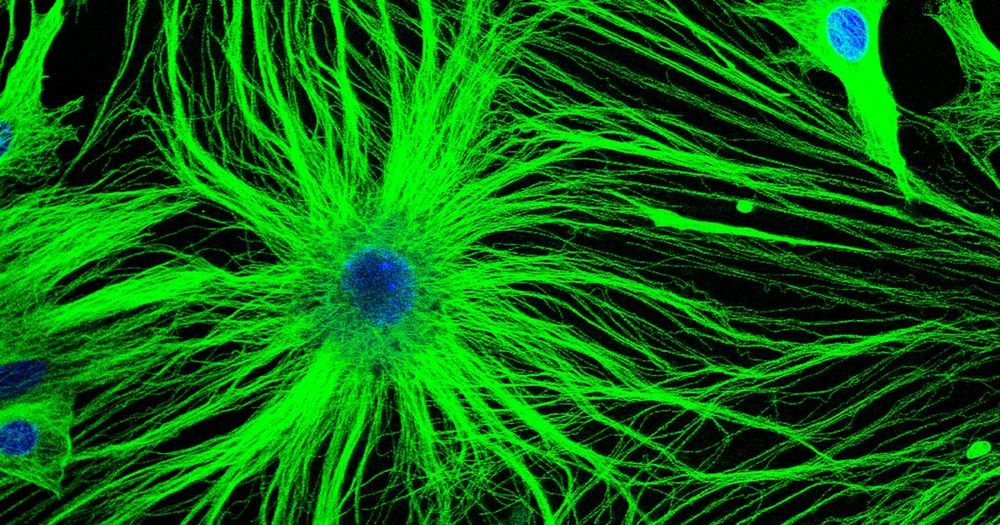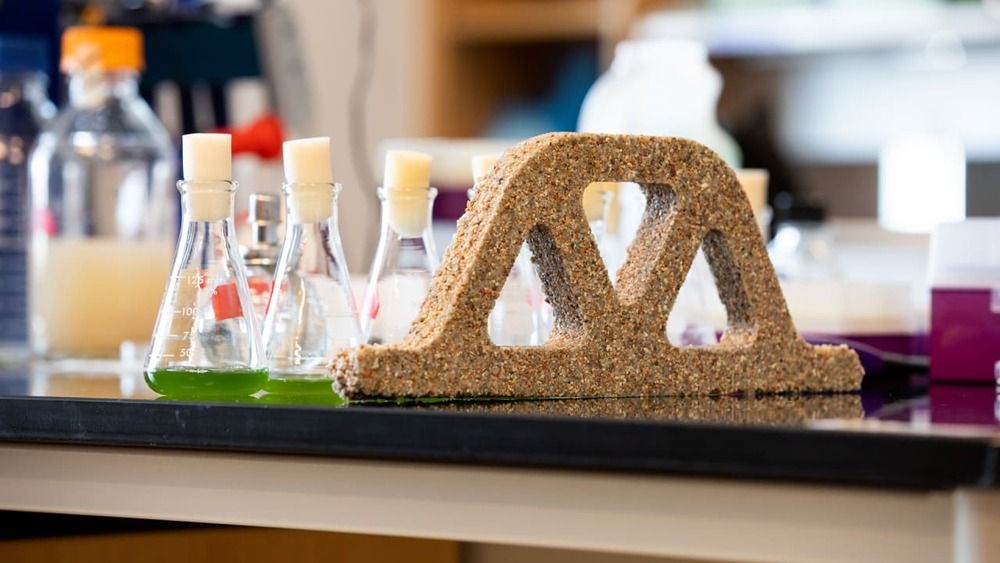Jan 27, 2020
DNA sleuths read the coronavirus genome, tracing its origins
Posted by Quinn Sena in categories: biotech/medical, genetics, health
Analyses of the viral genome are already providing clues to the origins of the outbreak and even possible ways to treat the infection, a need that is becoming more urgent by the day: Early on Saturday in China, health officials reported 15 new fatalities in a single day, bringing the death toll to 41. There are now nearly 1,100 confirmed cases there.
Reading the genome (which is made of RNA, not DNA) also allows researchers to monitor how 2019-nCoV is changing and provides a roadmap for developing a diagnostic test and a vaccine.
“The genetics can tell us the true timing of the first cases” and whether they occurred earlier than officials realized, said molecular biologist Kristian Andersen of Scripps Research, an expert on viral genomes. “It can also tell us how the outbreak started — from a single event of a virus jumping from an infected animal to a person or from a lot of animals being infected. And the genetics can tell us what’s sustaining the outbreak — new introductions from animals or human-to-human transmission.”
